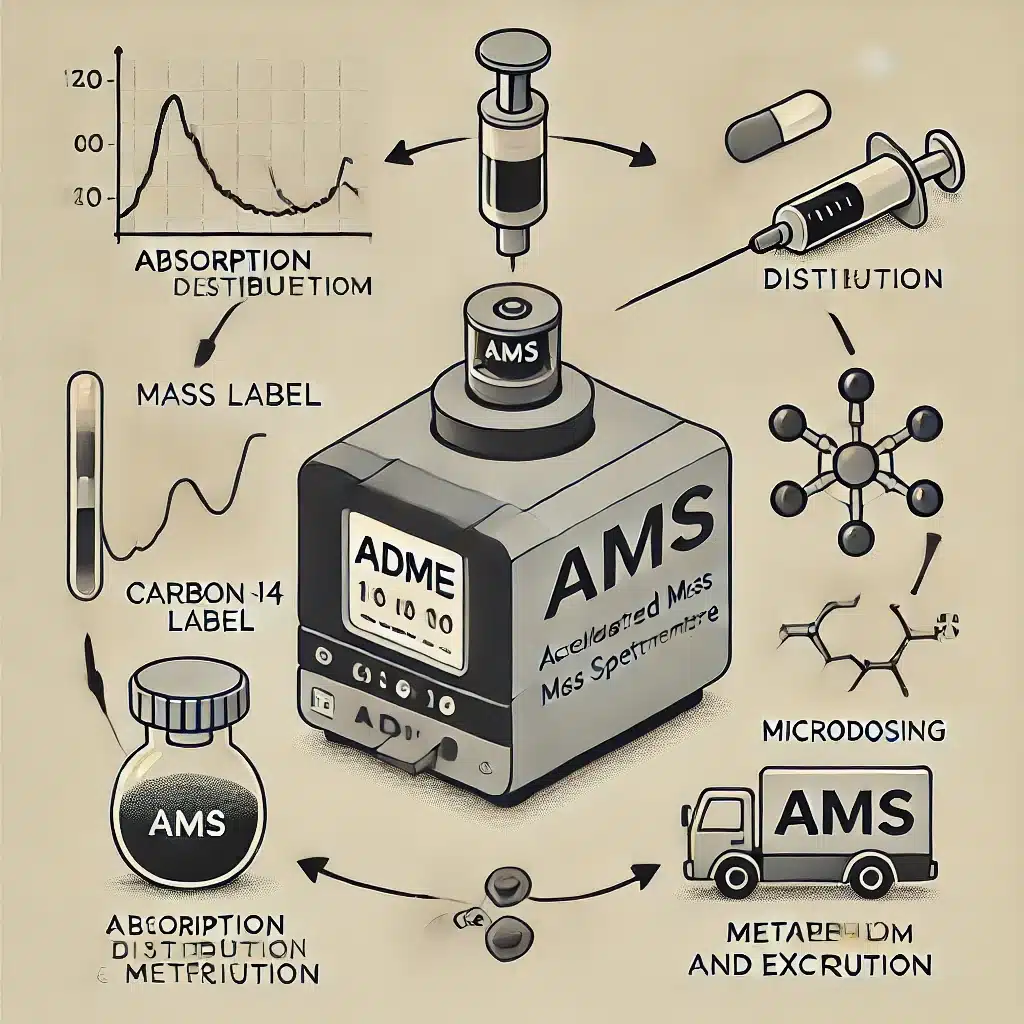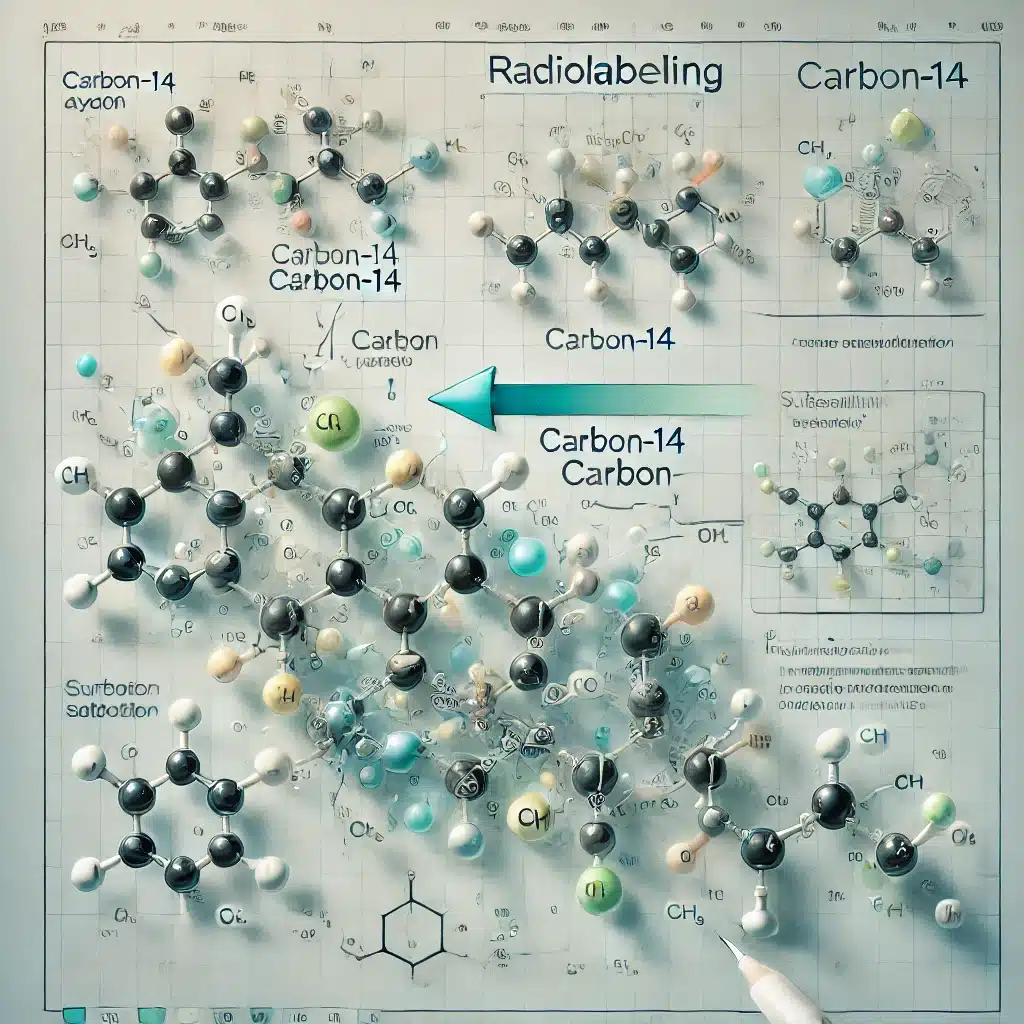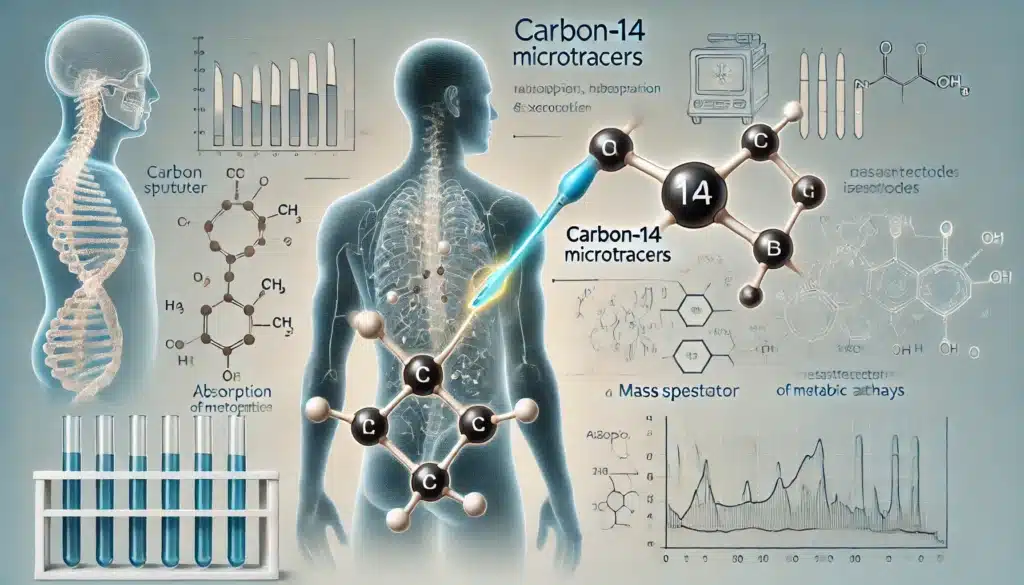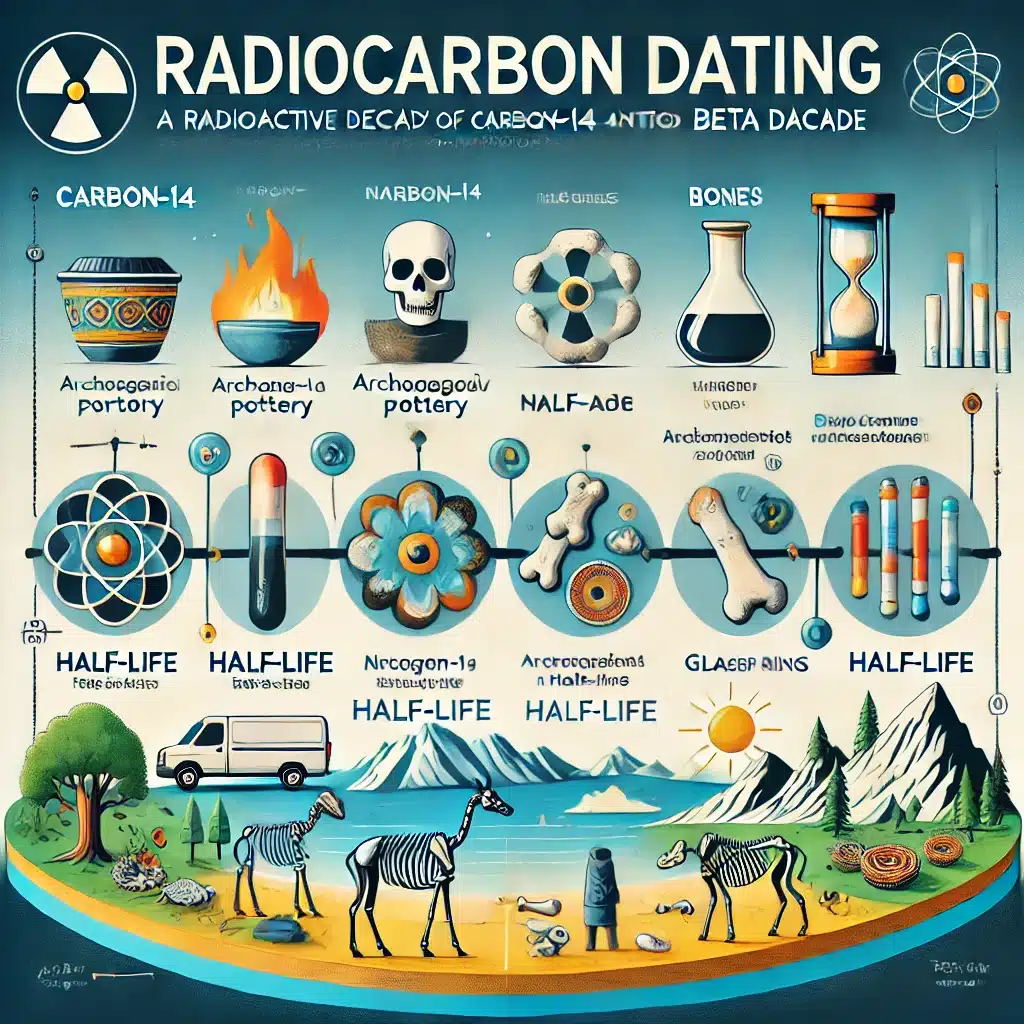Summary: The Calvin cycle, a fundamental biochemical pathway in photosynthesis, was elucidated through the pioneering work of Melvin Calvin and his colleagues in the mid-20th century. Often referred to as the Calvin-Benson cycle, this process enables plants, algae, and certain bacteria to fix atmospheric carbon dioxide into organic molecules, forming the basis of nearly all life on Earth. This article explores the historical context of the cycle’s discovery, the key stages and enzymes involved, its regulation, and its broader implications in plant biology and biotechnology. The cycle remains a cornerstone in understanding how solar energy is converted into chemical energy, offering insights that continue to shape scientific progress in climate research, agriculture, and bioengineering.
Keywords: Calvin cycle, Melvin Calvin, photosynthesis, carbon fixation, RuBisCO, plant biochemistry.
The Genesis of a Scientific Discovery
The Calvin cycle stands as one of the most significant discoveries in 20th-century plant science, revealing the mechanism by which plants convert carbon dioxide from the atmosphere into sugars. Melvin Calvin, an American chemist, led the research that elucidated this cycle, for which he was awarded the Nobel Prize in Chemistry in 1961. His work, conducted at the University of California, Berkeley, fundamentally changed our understanding of photosynthesis.
Before Calvin’s research, it was known that plants produced sugars and oxygen from sunlight, carbon dioxide, and water. However, the chemical steps underlying carbon assimilation remained obscure. Through meticulous experimentation involving radioactive carbon-14 isotopes and paper chromatography, Calvin and his team were able to trace the path of carbon atoms as they were incorporated into various organic compounds. This approach allowed them to identify the specific molecules involved in carbon fixation and understand the sequence of reactions that constitute what is now known as the Calvin cycle.
An Overview of Photosynthesis
Photosynthesis consists of two main stages: the light-dependent reactions and the light-independent reactions. The Calvin cycle belongs to the latter category and does not require direct light, although it is powered by ATP and NADPH generated by light-dependent reactions. These energy-rich molecules drive the synthesis of carbohydrates from carbon dioxide, making the Calvin cycle essential to plant life and, by extension, to all life that depends on photosynthetic organisms for food and oxygen.
The Calvin cycle occurs in the stroma of the chloroplast, the fluid-filled area that surrounds the thylakoids where the light-dependent reactions take place. It is a cyclic series of reactions that regenerate its starting compound, ribulose-1,5-bisphosphate (RuBP), enabling the continuous assimilation of carbon dioxide.
The Three Phases of the Calvin Cycle
The Calvin cycle can be divided into three distinct phases: carbon fixation, reduction, and regeneration.
Carbon Fixation: The cycle begins when carbon dioxide is captured from the atmosphere and attached to a five-carbon sugar, RuBP. This reaction is catalysed by the enzyme ribulose-1,5-bisphosphate carboxylase/oxygenase, commonly known as RuBisCO. The resulting six-carbon compound is highly unstable and immediately breaks down into two molecules of 3-phosphoglycerate (3-PGA), a three-carbon compound.
Reduction: In the second phase, each molecule of 3-PGA is phosphorylated by ATP and subsequently reduced by NADPH to form glyceraldehyde-3-phosphate (G3P), a triose sugar. This phase not only incorporates energy from ATP but also transfers electrons from NADPH, reducing the carbon compounds and preparing them for subsequent conversion into glucose and other carbohydrates.
Regeneration of RuBP: To sustain the cycle, RuBP must be regenerated. This involves a complex series of reactions that rearrange five molecules of G3P into three molecules of RuBP. This phase consumes additional ATP, ensuring that the cycle can continue to capture carbon dioxide.
While the Calvin cycle is often summarised as producing glucose, it does not directly generate this hexose sugar. Instead, it produces G3P, which can be used in other metabolic pathways to synthesise glucose, starch, cellulose, and various other organic molecules.
The Role of RuBisCO: Friend or Foe?
RuBisCO is the most abundant protein on Earth, highlighting the importance of the Calvin cycle in the global carbon cycle. However, it is also an inefficient enzyme, with a tendency to bind to oxygen instead of carbon dioxide. This alternate reaction initiates a wasteful process called photorespiration, which can reduce the efficiency of photosynthesis.
Efforts to improve RuBisCO’s specificity for carbon dioxide have been central to research aimed at increasing agricultural productivity. Genetic engineering approaches seek to introduce modified versions of RuBisCO or to incorporate carbon-concentrating mechanisms from other organisms into crop plants. If successful, such strategies could lead to plants that grow faster and use water more efficiently.
Calvin’s Experimental Approach
Melvin Calvin’s success in mapping the photosynthetic carbon reduction cycle lay in his innovative use of radioactive isotopes. By feeding algae with carbon-14-labelled carbon dioxide and stopping the reactions at various time points, Calvin and his collaborators were able to isolate and identify intermediate compounds using two-dimensional paper chromatography.
This method enabled them to determine the sequence in which compounds appeared, allowing for the reconstruction of the cycle. The use of radioactive tracers was groundbreaking at the time, opening new avenues in metabolic research and allowing scientists to investigate the dynamics of other biochemical pathways.
The early experiments were conducted using the green alga Chlorella, chosen for its rapid growth and ease of cultivation. Within a few seconds of exposure to radioactive carbon dioxide, Calvin’s team could detect labelled 3-PGA, providing the first solid evidence that this compound was the primary product of carbon fixation.
Regulation and Environmental Influences
Although the Calvin cycle is part of the light-independent reactions, it is closely regulated by light conditions. Several of the cycle’s enzymes are activated by light through redox mechanisms or changes in pH and magnesium concentration. This coordination ensures that ATP and NADPH produced during the light reactions are effectively used for carbon fixation.
Temperature, carbon dioxide concentration, and water availability also affect the rate of the Calvin cycle. Under stress conditions such as drought or high temperatures, plants may close their stomata to prevent water loss. This limits the intake of carbon dioxide and reduces the efficiency of the cycle. Understanding these regulatory mechanisms is essential for predicting plant responses to climate change and for breeding or engineering crops with improved resilience.
The Calvin Cycle Beyond Plants
While the Calvin cycle is best known for its role in green plants, it also occurs in algae, cyanobacteria, and certain photosynthetic protists. These organisms play a crucial role in aquatic ecosystems and the global carbon cycle. For example, phytoplankton in the oceans perform nearly half of the world’s photosynthesis, and their Calvin cycles are instrumental in sequestering atmospheric carbon dioxide.
Interestingly, some non-photosynthetic bacteria also possess versions of the Calvin cycle, using it to fix carbon in chemosynthetic processes. These include bacteria found in deep-sea hydrothermal vents, where sunlight is absent. In such environments, the Calvin cycle contributes to the base of food webs sustained by chemical energy rather than sunlight.
Modern Applications and Implications
The Calvin cycle continues to inspire research in synthetic biology and renewable energy. Scientists are exploring ways to replicate or enhance this cycle in engineered organisms artificially. Such work aims to create systems capable of converting atmospheric carbon dioxide into useful chemicals or fuels, potentially providing a route to carbon-neutral technologies.
In agriculture, improving the efficiency of the Calvin cycle in crops remains a major objective. The manipulation of cycle enzymes, carbon dioxide concentration mechanisms, and stomatal regulation could lead to plants that yield more food with fewer inputs. This is especially critical in the context of a growing global population and environmental constraints on farming.
Furthermore, the Calvin cycle is central to modelling the global carbon budget and understanding the impact of human activity on climate change. Accurate representations of photosynthesis in climate models depend on detailed knowledge of the cycle’s kinetics and regulation.
Concluding Thoughts
The discovery of the Calvin cycle by Melvin Calvin and his colleagues marked a milestone in biological chemistry, providing profound insight into the life-sustaining process of photosynthesis. This cycle not only underpins the growth of plants but also drives the productivity of ecosystems and shapes the Earth’s atmosphere. As challenges such as climate change and food security intensify, the Calvin cycle remains at the forefront of scientific research. From its molecular intricacies to its ecological significance, this pathway exemplifies the remarkable complexity and elegance of nature’s chemistry.
Melvin Calvin’s legacy endures in every green leaf, reminding us that even the most familiar processes, like the greening of a tree, are governed by extraordinary molecular machinery waiting to be understood and, perhaps, improved.
Disclaimer
This article is intended for educational and informational purposes only. It summarises scientific concepts and historical developments related to the Calvin cycle and the work of Melvin Calvin and his colleagues. While every effort has been made to ensure the accuracy of the content, Open Medscience does not guarantee the completeness, timeliness, or reliability of the information presented.
The content is not intended as a substitute for professional, scientific advice or guidance and should not be used as the basis for any academic, clinical, or commercial decisions without consulting qualified professionals. References to ongoing research or potential applications are provided for illustrative purposes and do not imply endorsement or validation by Open Medscience.
Any views expressed are those of the authors and do not necessarily reflect those of affiliated institutions or funding bodies. Open Medscience accepts no responsibility for any consequences arising from the use or interpretation of this material.
You are here: home » diagnostic medical imaging blog »



